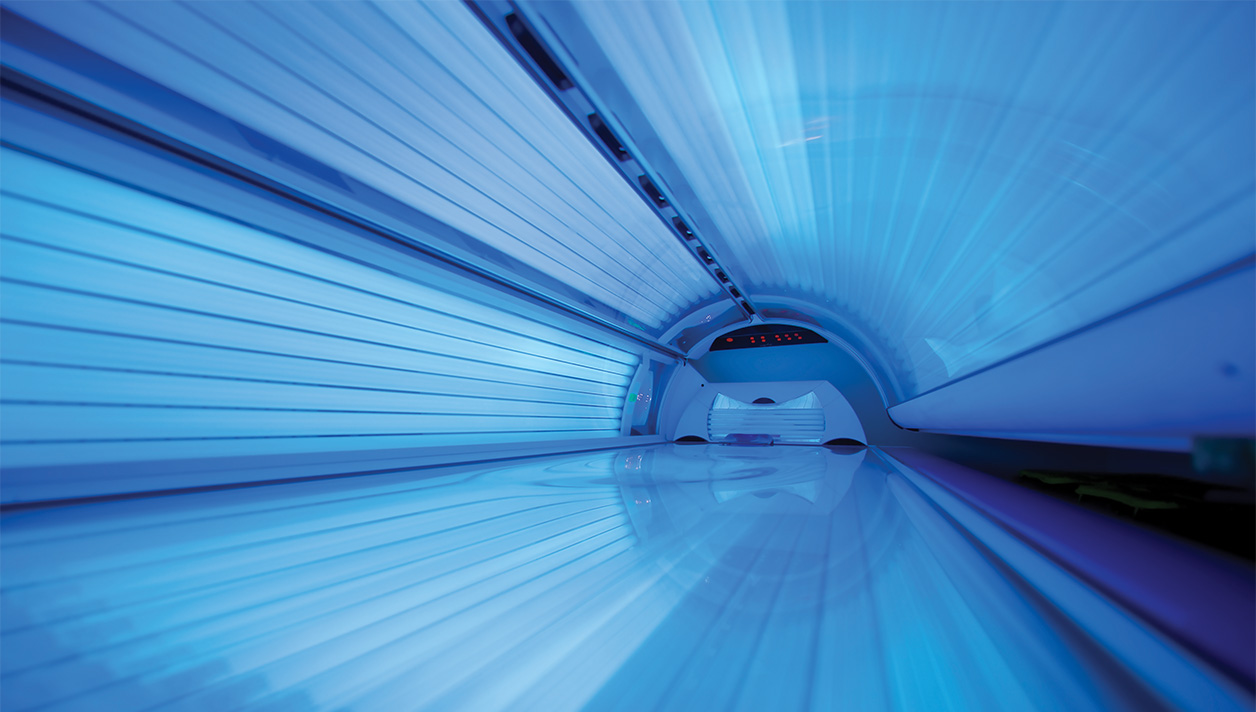The relentless and spurious claim that cutaneous malignant melanoma (CMM) is intrinsically linked with tanning bed use suffered a couple of welcomed body blows recently. Unsurprisingly, neither development received anywhere near the level of media attention that it deserved, further fuelling my belief that the anti-tanning and, more specifically, the anti-tanning bed message, is being completely manipulated.
The first blow relates to the oft-banded statistic, “using a tanning bed before the age of 35 increases the risk of malignant melanoma by 75 per cent.” In July of 2012, a review of CMM studies published in the British Medical Journal (BMJ) gave further alleged credence to this statistic. However, a lobby challenging the findings of the review ultimately proved successful and the BMJ published a correction stating that a data error had occurred within the review and that the alleged relative risk was actually much lower than had been claimed. Here’s the kicker: the correction also went on to say that the conclusions about the irresponsibility of tanning bed use in Europe remain unchanged. This is incredible! How can the authors possibly maintain this position in light of the data correction?
Whilst the correction didn’t achieve any media coverage, (no doubt this would have been a different story if a corrected analysis had shown a considerable increase in the alleged relative risk) it does appear to have thrown anti-tanning bed organisations into a state of confusion, as I have displayed by highlighting the incongruity of the statements and the data in CRUK’s recent press releases.
Earlier this year, Cancer Research UK (CRUK) issued two press releases within a couple of weeks attacking the tanning bed industry (as an aside, the subject matters of both releases were successfully rebutted). Toward the end of both releases, the same senior representative at CRUK was quoted. In the first release, the quoted representative said, “Research has already shown that using sunbeds for the first time before the age of 35 increases the risk of malignant melanoma by 87 per cent.” In the second release, issued just days later, the quote read, “… research has shown that using them for the first time before the age of 35 increases the risk of developing melanoma … by 59 per cent.”
Okay, they are still claiming a link which we will all continue to challenge until the truth is out there, i.e. that responsible amounts of UV can actually help protect against melanoma, and that it is uncontrolled overexposure to UV that can cause problems, and finally, that an indoor tanning session is a controlled dose of UV. However, just to indulge CRUK, I want to give an idea about the true weight of these statistical changes. Most importantly, the statistics display relative risk, not actual risk. If the original relative risk was 75 percent, then an increase to 87 percent relative risk translates to only a 0.0005 percent increased actual risk (please note that these findings include Skin Type 1 data, the use of medical and domestic appliances and other confounding data which makes these numbers even less reliable). So, the drop from 75 to 59 percent relative risk brings the actual risk to a de facto 0 percent, even with the confounding data included.
I have written to CRUK asking for an explanation behind these varying statistics, highlighting further inconsistencies on their website, but have not, as yet, received a response. My next letter to CRUK will, no doubt, enquire about the need for a revised position on tanning bed use, referencing the above, but also citing the results of the findings of a CRUK-funded study just published.
This new study is purportedly the first evidence that the gene most strongly associated with obesity and over-eating is also a risk factor for CMM. For many years, it has been suspected that the risk of CMM is more likely to be connected to genetics than anything else, even though anti-tanning lobbyists would have you think otherwise.
Of course, it is highly unlikely… no impossible, that the anti-tanning campaigns will be dropped, not least because medical and scientific research funding streams rely heavily on the support of pharmaceutical giants, many of whom have a vested interest in continuing the anti-tanning mantra. However, CRUK’s most recent research certainly provides further scientific evidence to help balance the scales about responsible tanning bed use and for this reason, we can thank CRUK’s research budget on this occasion!




























